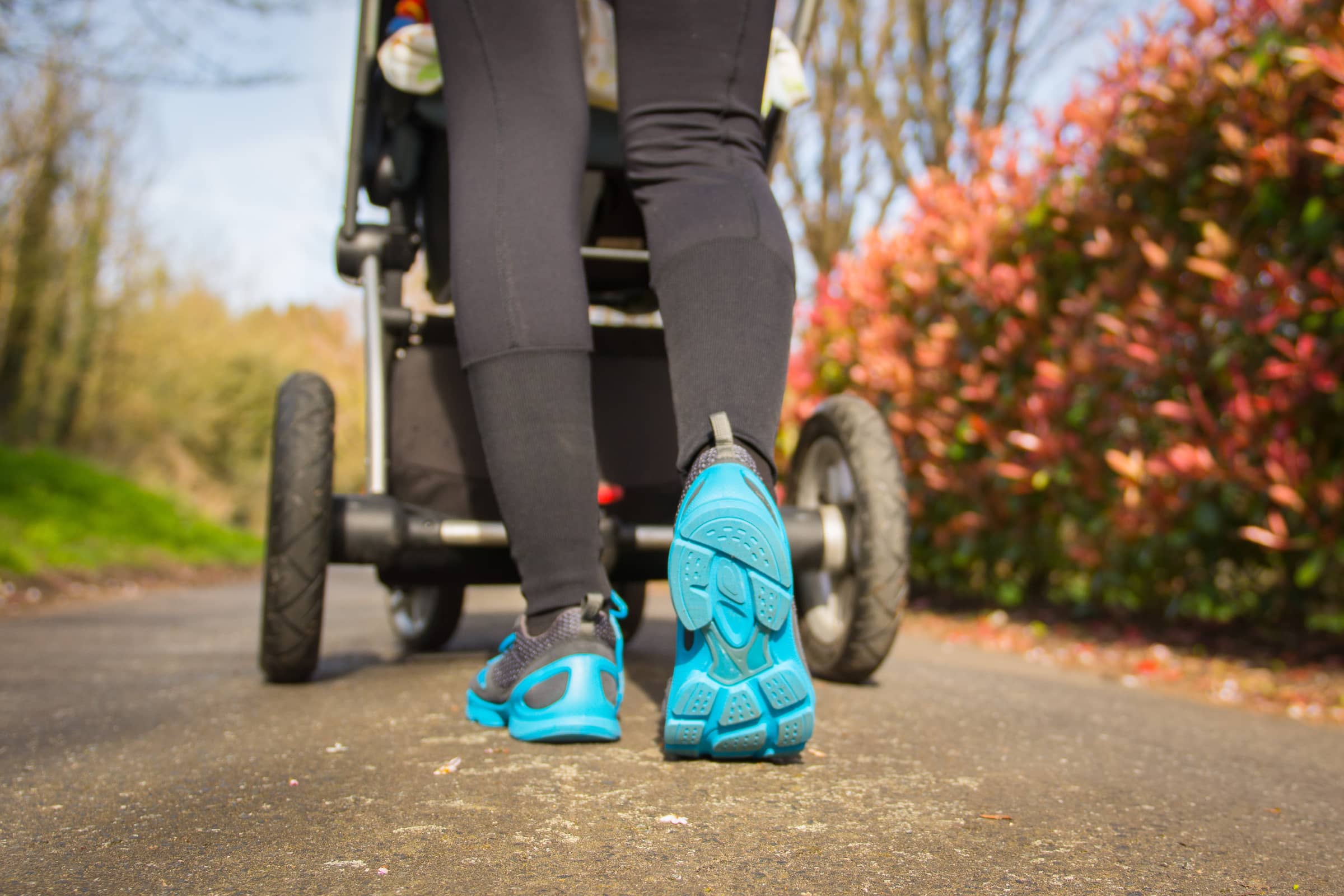WITH 625,008 babies being born in 2021, many happy couples have had the joy of welcoming a new arrival into their family. However, for some new mums, coming to terms with the natural changes to their post-natal body can be daunting, with many women struggling with their body image after giving birth.
Luckily, a few small changes to your daily routine, from quick workouts to regular, low-intensity exercise, can help you to gain your confidence back and can all be implemented into your lifestyle when you feel ready to do so.
For those new mums looking to embark on a new exercise plan after having a baby Steven Virtue, Fitness Development Manager at Total Fitness, shares some top tips on post-natal exercise, from when it is safe to start, to setting expectations and the best exercises to help you bounce back.
What to expect from post-natal exercise?
It is only natural that pregnancy changes your body. Holding a growing baby for nine months can lead to various different physical changes, from your hips widening to changes in your skin.
When starting post-natal exercise, it is important to set realistic expectations. Trying to get your pre-natal body back is often unrealistic and can become an unattainable standard for many women, so try not to put any pressure on yourself.
Accepting the changes your body has gone through is one of the most important things you can do.
Post-natal exercises aren’t just a great way to lose weight after pregnancy; they also hold various other health benefits. Newborn babies are known to keep parents up all night, meaning a good night’s sleep can be hard to come by.
Regular exercise has been shown to improve the quality of your sleep, meaning that, whilst you may not be getting as much as you were before, the time you do spend asleep will be deeper and more restful.
Exercise can also be great for stress relief. From dealing with a crying baby to navigating your new life, it can be quite a stressful and daunting experience.
Regular exercise can help to promote mindfulness, allowing you to destress and will help to clear your mind.
When to start post-natal exercise?
Before diving in and enjoying all the benefits exercise has to offer, it is important to make sure you are ready to begin exercising again. Pregnancy and childbirth weaken your muscles, meaning they need time to repair after your pregnancy.
Exercising too early, particularly in the first six weeks after giving birth, can disrupt this process, leading to further injury, of which can have long-term effects.
Therefore, it is advised you seek the advice of your doctor before beginning post-natal exercise.
Which post-natal exercises are the best?
Whilst any form of exercise will help you to lose weight, there are some exercises that are particularly effective for women after pregnancy:
- Abdominal Exercises
Pregnancy and childbirth can weaken your abdominal wall. Whilst rest will help these muscles to recover, it is important to make sure they rebuild their strength.
Weak abdominal muscles can lead to lower back pain later in life. However, some simple abdominal workouts can help to strengthen your abdominal wall, lowering the risk of injury and helping to tone up your abs.
Common ab exercises like sit-ups, crunches and toe touches are all easy and effective ways to work out your abdominal wall and strengthen your abs.
Without the need for a gym or equipment, you can do these workouts in the comfort of your home in as little as 15 minutes, meaning they are easy to fit into your schedule.
- Pelvic Floor Exercises
Whilst pregnant, your baby is supported partially by your pelvis. This pressure can weaken your pelvic floor, of which can lead to the weakening of bladder control during and after a pregnancy.
This may feel embarrassing for some women, but it’s completely normal and is easy to control with a few simple daily exercises.
Often referred to as Kegel exercises, these will help to strengthen your pelvic floor. You should aim to tense your pelvic floor muscles on and off for a few short periods, tensing for a few seconds each time.
This exercise can be done discreetly, meaning you can do it several times a day no matter where you are.
- Yoga
Yoga comprises both physical and mental benefits, making it a perfect post-natal exercise. It combines a variety of different stretches and moves, all of which help to tone up your body.
Moves like the cat-cow, planks and squats can all help to burn fat and tone muscles across your body. It is also very low impact, stopping any injuries and promoting increased flexibility.
Yoga also promotes mindfulness. As it is based around breathing, this can be a great way to help destress and take a much-needed moment to yourself.
Whether you’re attending a yoga class, like those offered at Total Fitness, or following a YouTube video, the combination of stretches and breath control provide a true whole-body workout.
- Walking
It may sound simple, but walking is a great form of low-intensity exercise. Walking is very versatile as you can choose your route based on the difficulty you’re looking for.
Whether you’re on a quiet stroll through your local park or climbing up a tall hill, walking is an effective way to increase your heart rate and lose fat.
Walking also allows you to be outside in the fresh air. The combination of fresh air and vitamin D from the sun can help to reduce tiredness and improve sleep quality.
Walking is also a great way to spend time with your baby and let them see the great outdoors – all you need is a pram, and you can go on any adventure you like together.
So, if you’re looking to start exercising again after your pregnancy, following this simple guide will help you to do it in the most effective way.
Find out more about Total Fitness on their website.
